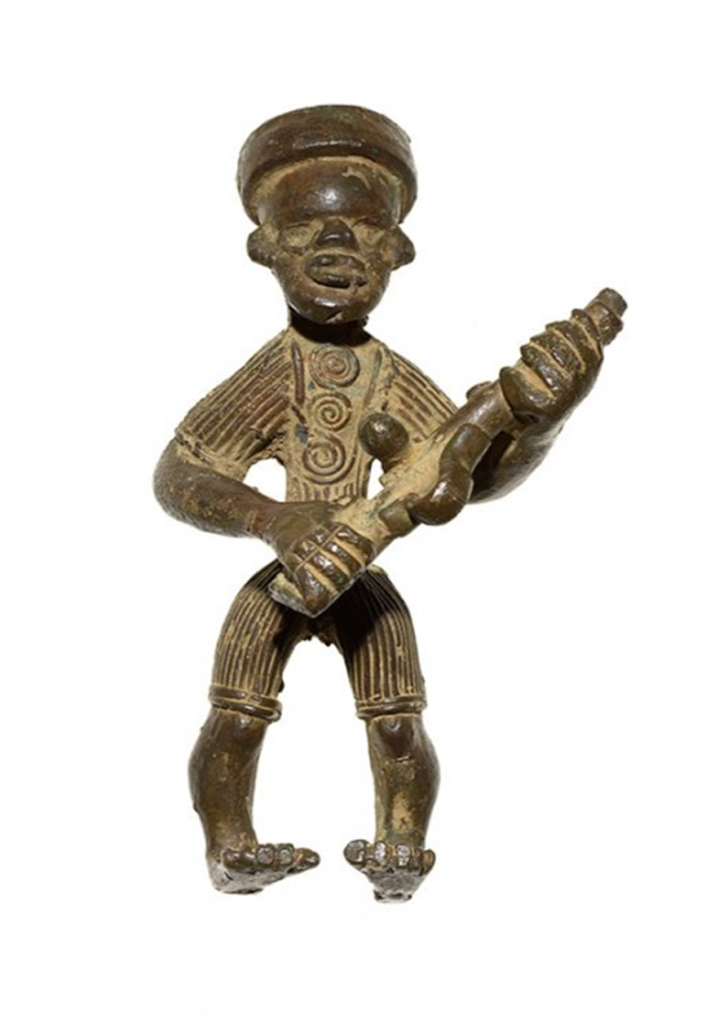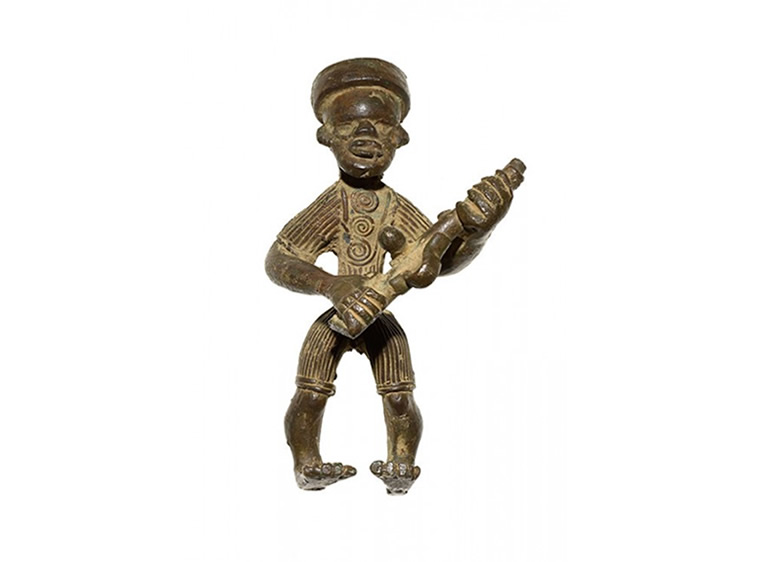FIRST THINGS FIRST…
Liberia and Sierra Leone were both established in the nineteenth century as nations or colonies for black Europeans and Americans either freed from the slave trade or born free, as well as returnees to the continent from captured slave ships. Immigrants from the United States, Canada, and the Caribbean moved to Liberia and Sierra Leone throughout the nineteenth and early twentieth centuries, creating and filling governing structures in both countries. This history makes for a unique mixture of cultures and policies that ultimately resulted in civil wars in the late twentieth century. Sierra Leone and Liberia’s colonial histories and relationships with Great Britain and the United States (respectively) are important to recognize in approaching the arts of this region.
This lecture outline covers both indigenous and imported art practices in the region, ranging from the nineteenth century to the present. As in other African arts, the visual arts of Liberia and Sierra Leone are intimately connected to performance and music and are placed within those broader artistic traditions. Art from Liberia and Sierra Leone reflect(ed) distinct cultural groups, and the engagement of those communities with a global audience. Both Liberia and Sierra Leone are part of a broader Atlantic world in constant contact with Europe and the Americas through trade and immigration. This lesson features prestige objects—that is, artworks that convey power, politics, and community ideals and concepts, or artworks that explore spiritual relationships—and body arts in media ranging from textiles to metal arts, wood, and photography. All of the artworks are grounded within their local contexts and aesthetics, but they are also connected to the rest of the Atlantic world in a manner that emphasizes how Liberian and Sierra Leonean artists and patrons belong(ed) to both.
Variations in attribution (named artists, unidentified [culture] artist) are due to the way that objects were collected by museums, not because the artists were, in fact, anonymous. African artists rarely created works anonymously, and the names of artists would have been well known within their communities. Mentioning the context of artistic collection to students is important: European and American collectors may not have spoken the relevant languages or asked questions regarding the objects they purchased or commandeered on site, though the names of some artists have been resuscitated from archival documents and later twentieth-century anthropological and art historical fieldwork.

John Leh, Soldier, mid-twentieth century, brass. Minneapolis Institute of Arts.
Possible background readings include:
- Visonà, Monica Blackmun, Robin Poynor, and Herbert M Cole. A History of Art In Africa. 2nd ed. Upper Saddle River, N.J.: Pearson/Prentice Hall, 2008. (Chapter 6: West Atlantic Forests) [Note: page numbers differ in different editions]
- Viditz-Ward, Vera. “Photography in Sierra Leone: 1850–1918.” Africa: Journal of the International African Institute, Vol. 57, No. 4, Sierra Leone, 1787-1987 (1987), 510–8.
- William Siegmann and Judith Perani, “Men’s Masquerades of Sierra Leone and Liberia.” African Arts, Vol. 9, No. 3 (Apr., 1976), 42–47, 92 or Siegmann, “Masquerades Among the Dan People.”
- Ruth B. Phillips. “Masking in Mende Sande Society Initiation Rituals.” Africa: Journal of the International African Institute, Vol. 48, No. 3 (1978), 265–77.
There is also a set of excellent web resources:
- Indiana University Liberian archives (photographs and text for instructors).
- Sierra Leone heritage organization (images, artworks, video).
- A recent museum exhibition on Liberia and Sierra Leone.
- University of Iowa Art Museum on Liberia and Sierra Leone.
Please click or paste link to see art work. https://www.slideshare.net/jonmann169/ahtr-arts-of-liberia-and-sierra-leone


